Autumn and Winter Hiking for Beginners: Essential Tips for Choosing Tongariro Trails
I embarked on a hiking adventure in Tongariro, New Zealand, during the Easter holiday. The unique volcanic landscape truly lives up to its reputation as one of New Zealand’s premier day hikes.
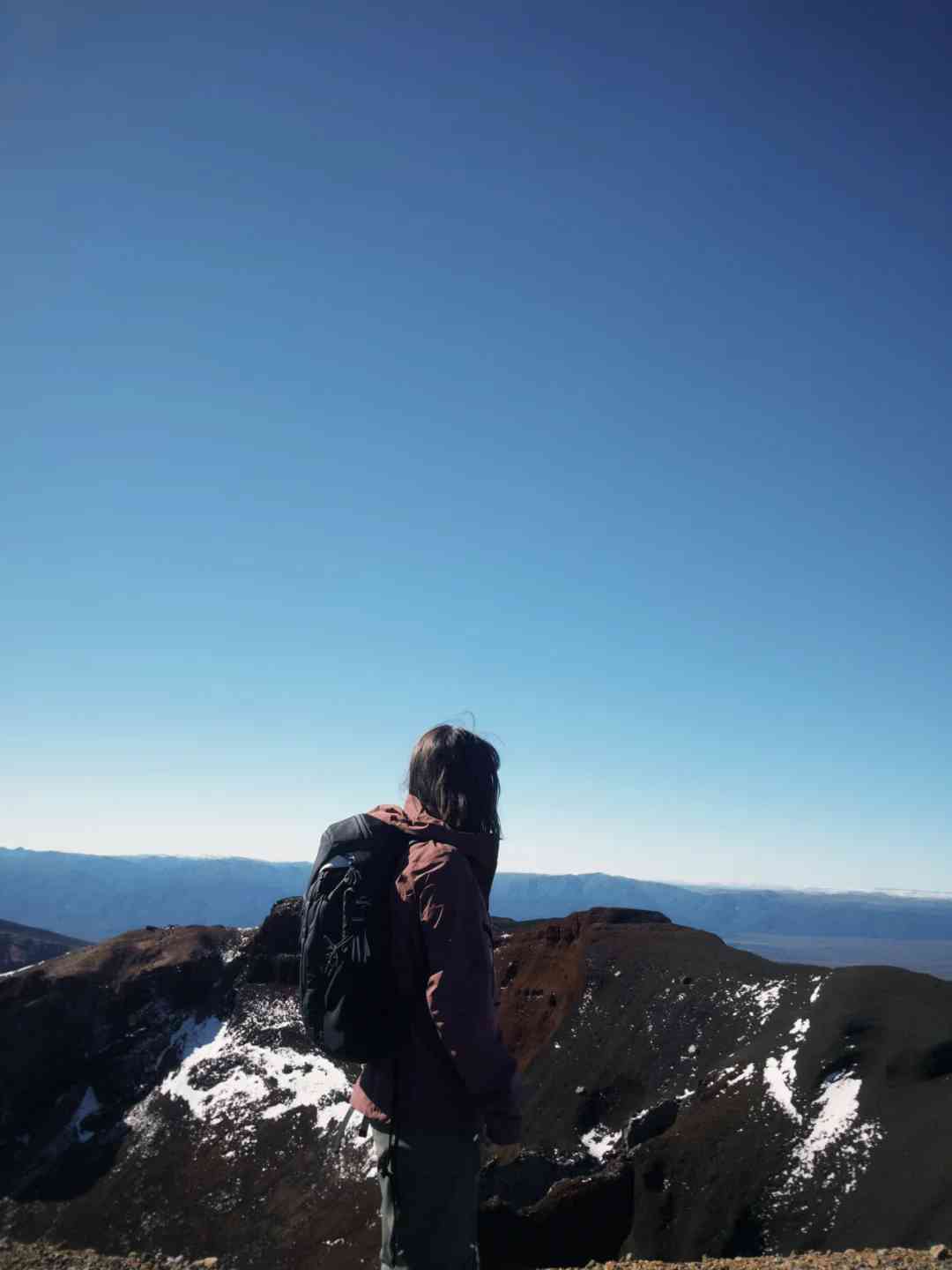
After sifting through numerous Xiaohongshu posts, I noticed that many titles claimed even beginners could conquer the Tongariro Alpine Crossing. However, after completing the entire route, I can only say that success often comes down to luck. For those without much outdoor experience or physical fitness who manage to finish, it’s likely due to favorable weather conditions. As we transition into autumn and winter, with more extreme and unpredictable weather, caution is paramount.
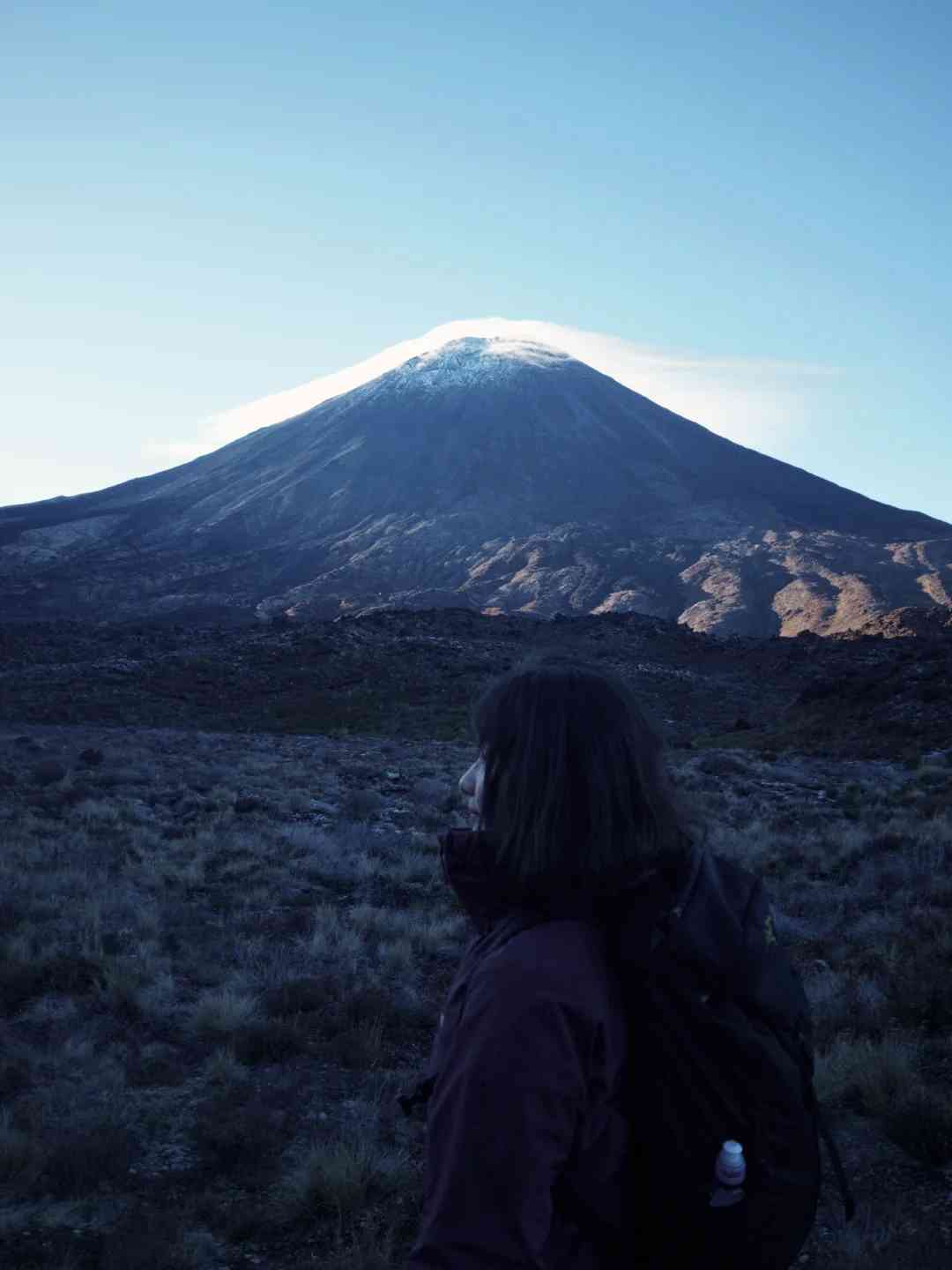
Posts from Xiaohongshu after April reveal that many hikers faced extreme weather conditions, such as blizzards, low visibility, and sudden temperature drops. Accidents are frequent during these seasons, and although daily rescue patrols and quick helicopter responses are available, it’s still not advisable to take risks when weather warnings are in place.
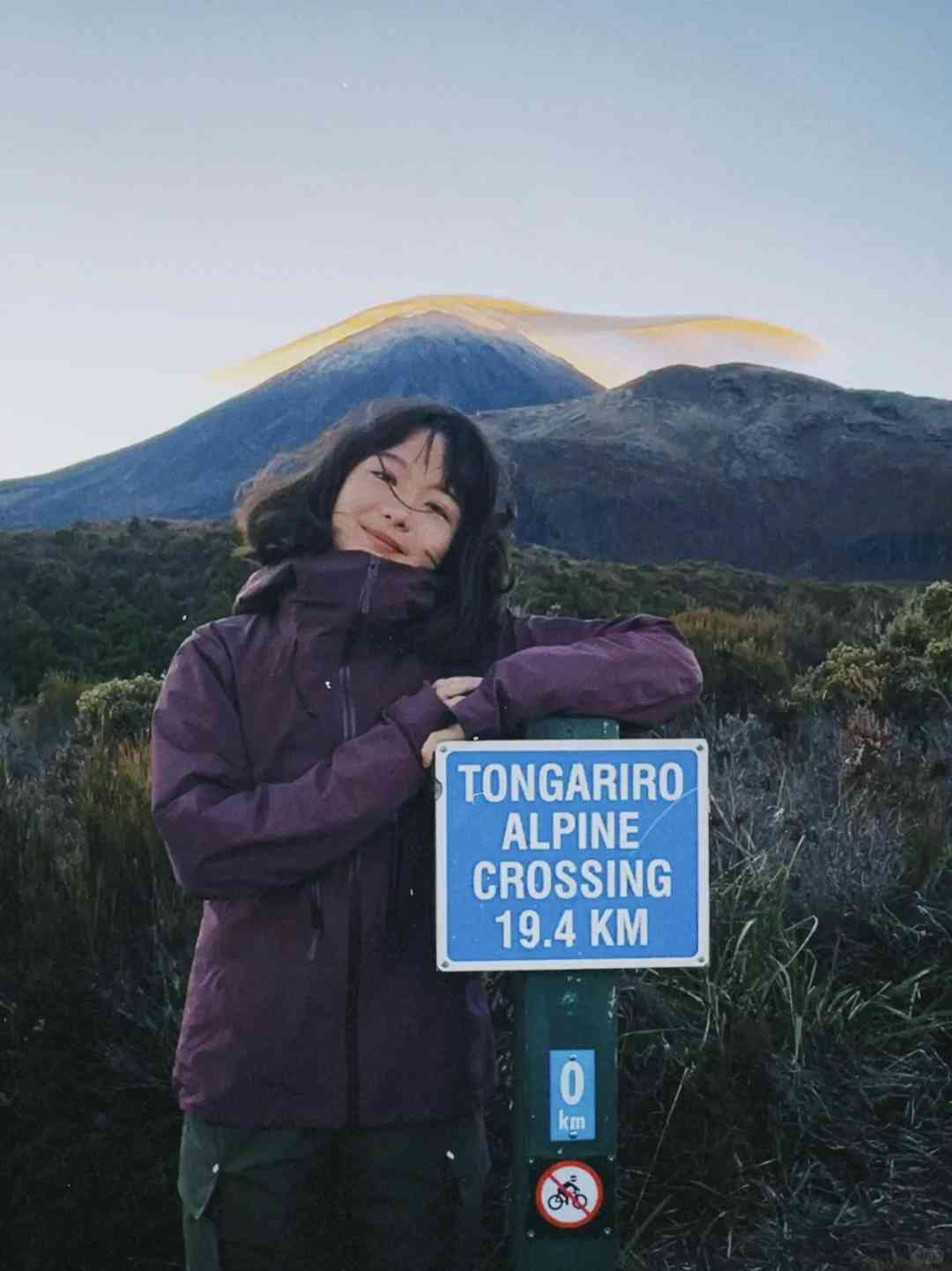
Here are some essential tips:
The full length of the Tongariro Alpine Crossing for a single day is 19.2 kilometers, and it typically takes about 8-11 hours to complete. The start and end points are different, so there’s no need to retrace your steps.
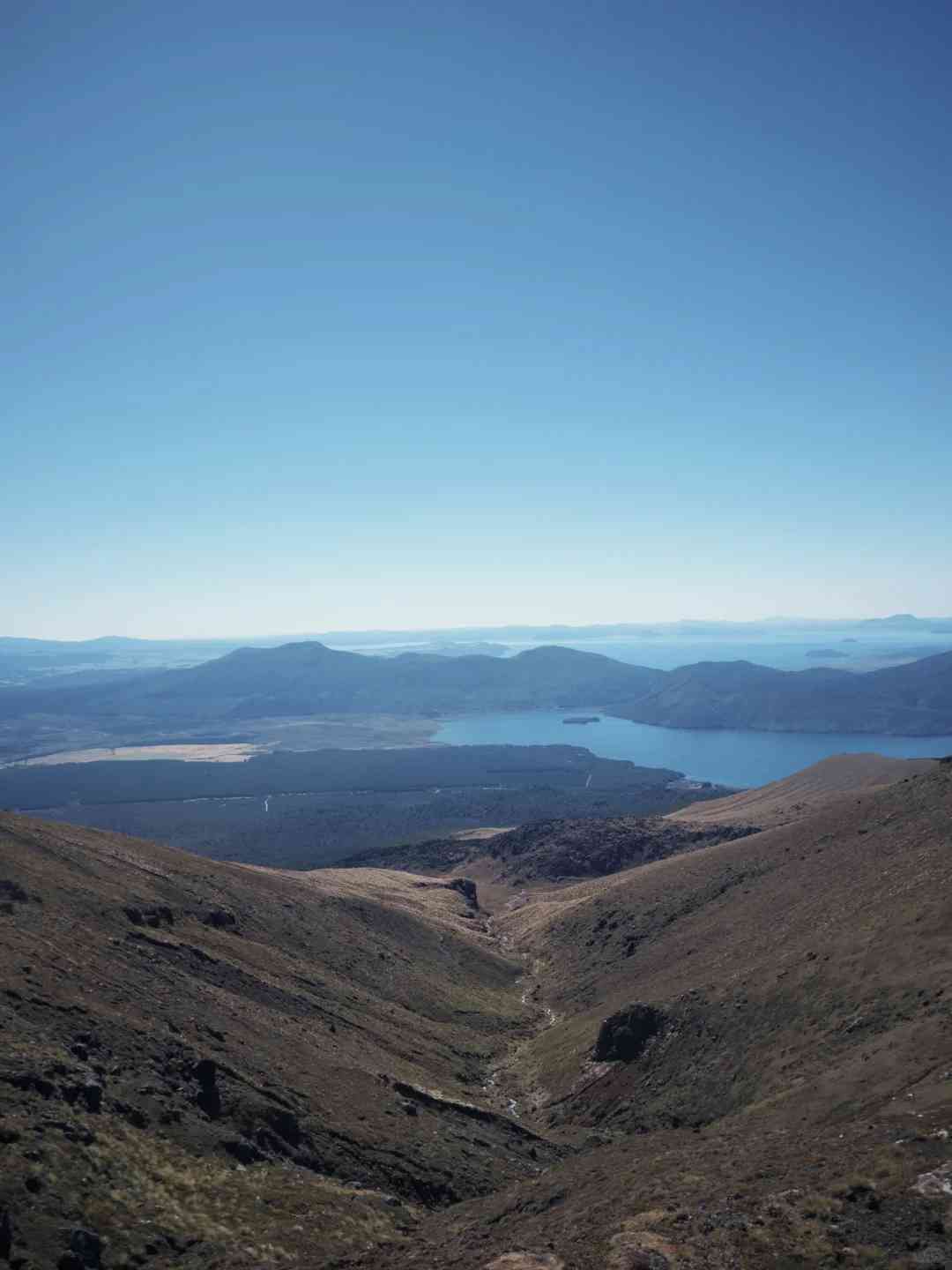
One of the main challenges for most hikers is transportation, which generally comes down to two options: driving yourself or taking a shuttle bus.
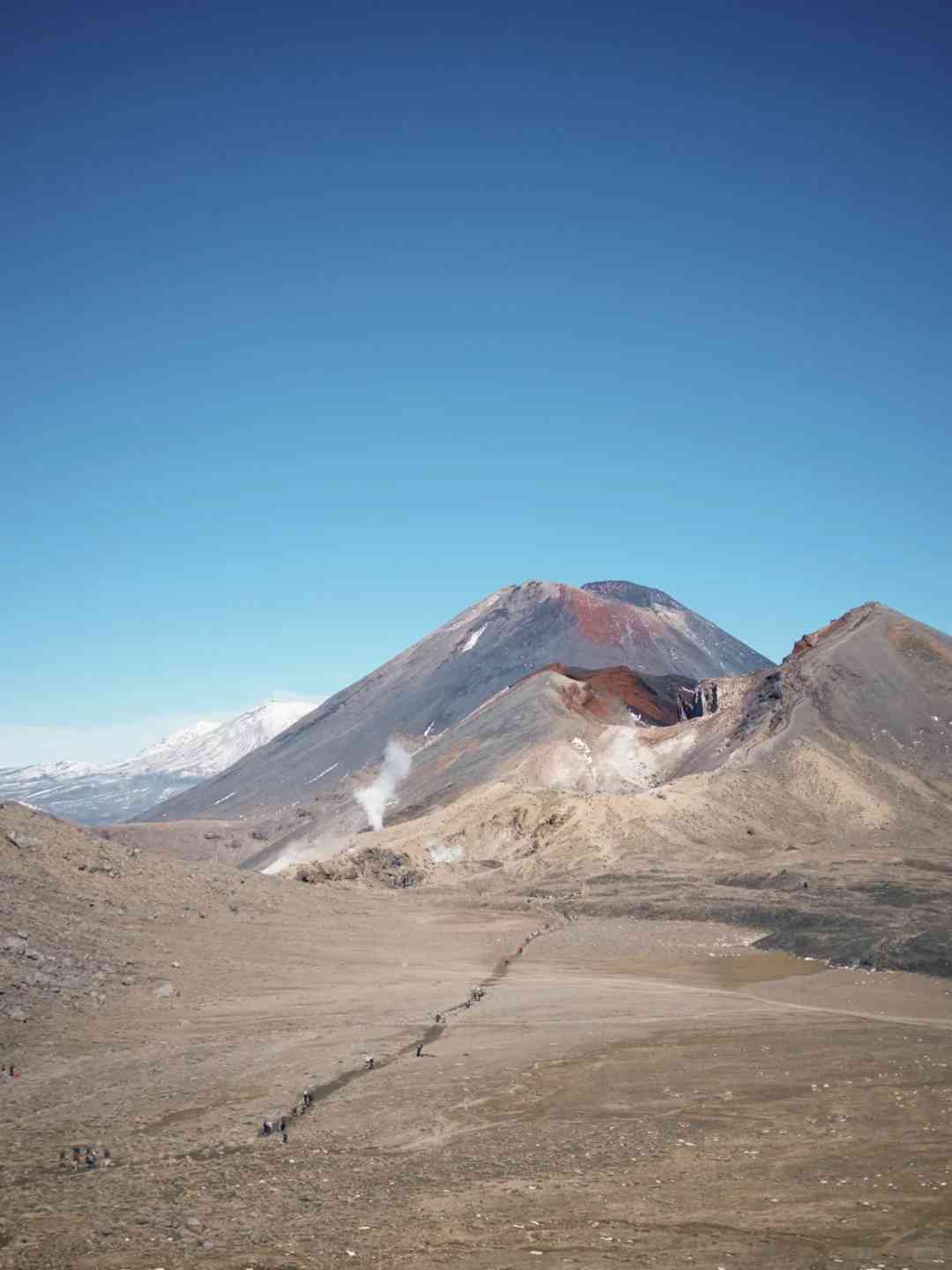
**Shuttle Bus:**
– **Advantages:** Convenient, with point-to-point pick-up and drop-off from hotels. The bus pick-up point is right at the trail’s end, so you don’t have to walk any further.
– **Considerations:** Shuttle buses operate on a fixed schedule, offering limited flexibility. It’s best to complete the hike within around 8 hours to avoid making others wait. Buses may be canceled in bad weather, but you can usually reschedule for free.

**Driving to the End Parking Lot:**
– **Advantages:** Flexible timing, allowing you to start later or go at a more relaxed pace. You can store food and drinks in your car for immediate replenishment after the hike.
– **Considerations:** You’ll still need to book a shuttle bus from the end parking lot to the starting point (which is relatively easy to arrange and sometimes free). After the hike, you’ll need to walk an additional 1.5 kilometers to get back to your car.
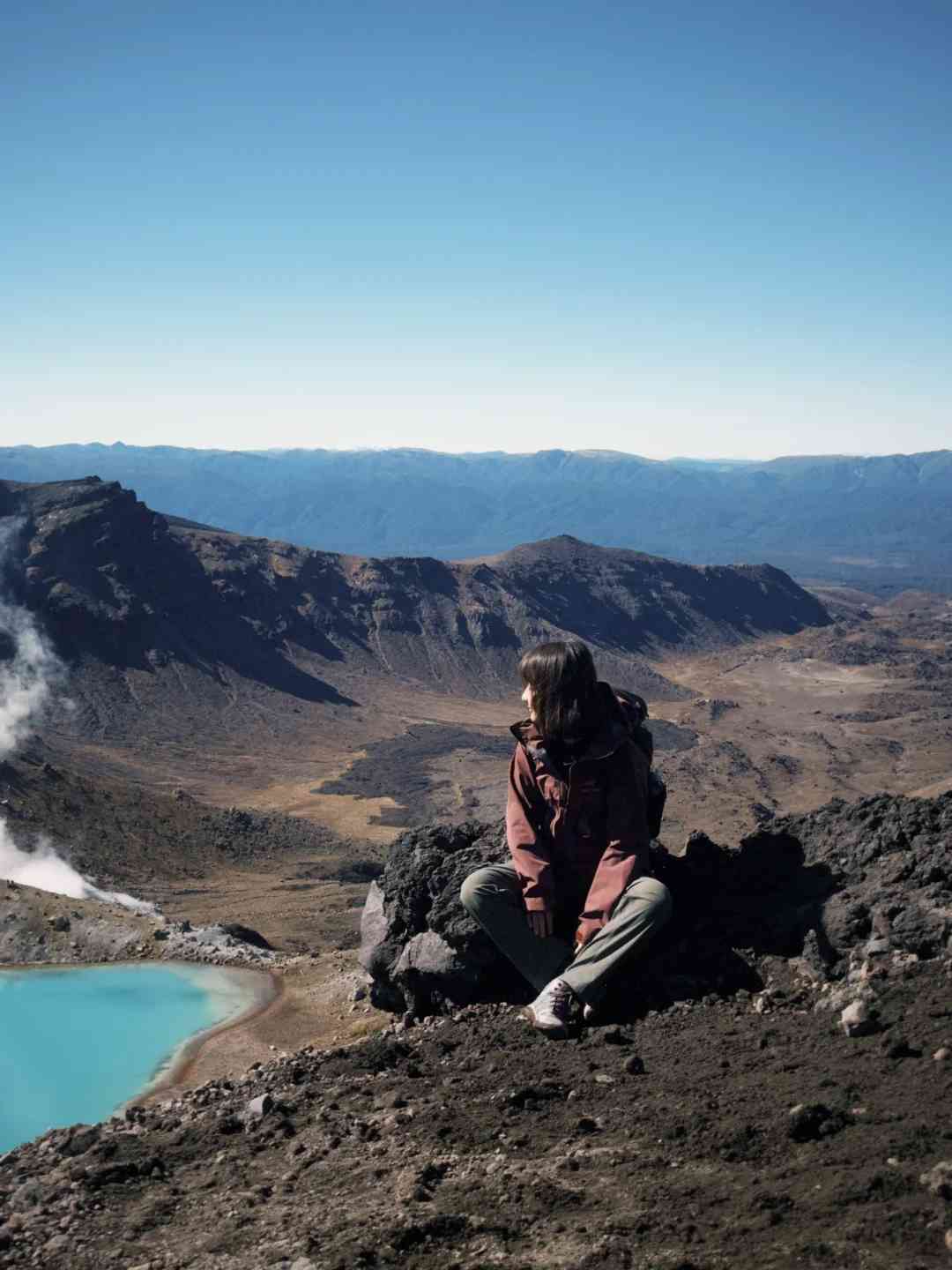
As long as you stay in a town near the volcano, you can easily book a shuttle bus. You can search online or ask your hotel for assistance.
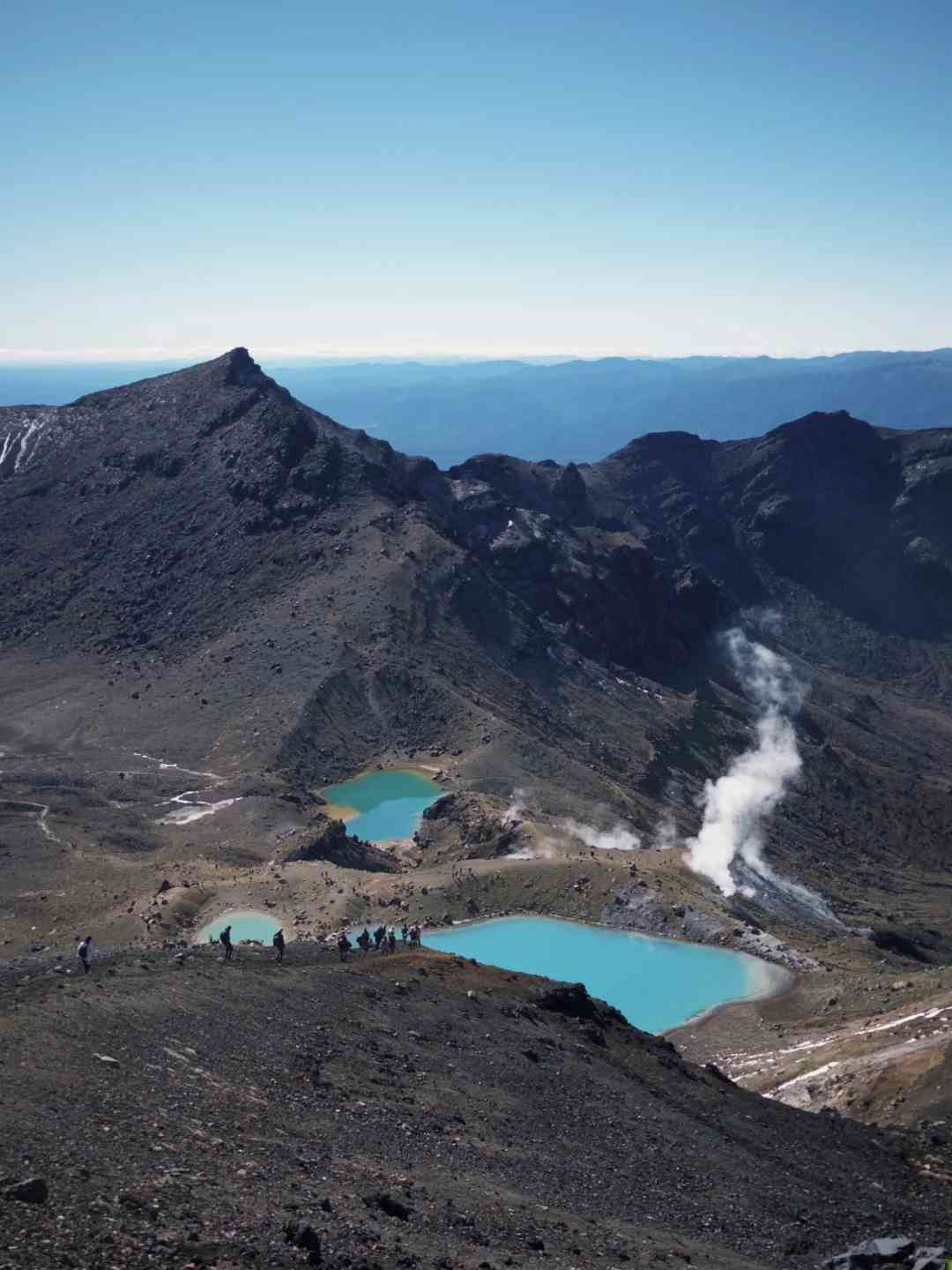
**Weather:**
Before heading out, be sure to check the weather forecast: [NIWA Weather](https://www.niwa.co.nz/).
During autumn and winter, temperatures can fluctuate dramatically. If the bus is canceled due to bad weather, do not insist on going. A light rain followed by a rapid temperature drop can quickly turn into icy conditions. Additionally, if visibility drops below 50 meters on a cliff, combined with icy terrain, even experienced hikers would feel anxious.
If you’re determined to go hiking, it’s best to plan for a few extra days of accommodation nearby and choose the day with the best weather.
Gear:
Clothing: As the autumn chill sets in, temperatures can plummet to a brisk 0-5 degrees Celsius. Layering up is essential, but even three layers might not cut it. Make sure to pack a warm down jacket, a cozy hat, and insulated gloves to keep the cold at bay.
Hiking gear: Equip yourself with sturdy, professional hiking shoes designed to handle rugged terrain.
If you have trekking poles, bring them along for added stability. In the winter months, don’t forget your crampons to navigate icy paths safely.
Water and food: Stay hydrated by carrying 1-2 liters of water, and opt for warm beverages during the colder season. Pack high-protein snacks and energy-rich foods to keep your strength up throughout your adventure.
For more detailed information, be sure to check out the official website.

